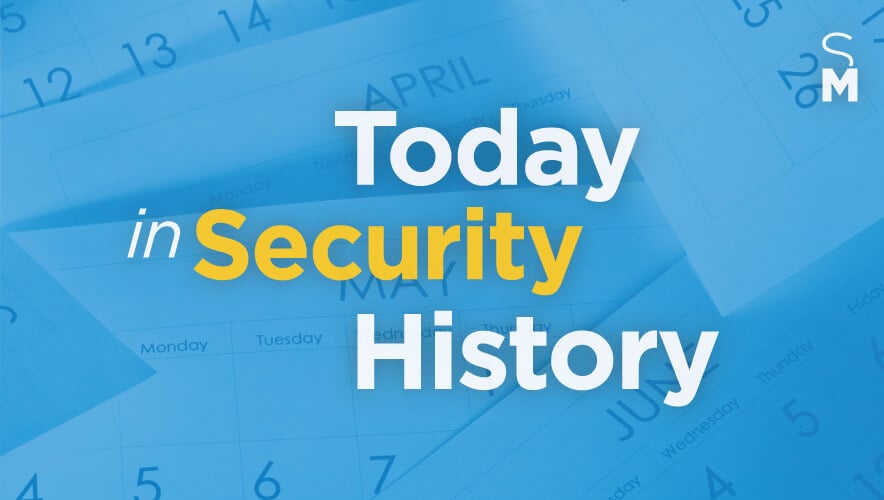Today in Security History: A Bombing in Ink Alley
On 1 October 1910, the Los Angeles Times Bombing occurred. Dynamite was planted in an area outside the LA Times building known as “Ink Alley.” When the dynamite exploded, it started a fire, which caused natural gas lines beneath the building and barrels of ink to ignite. Twenty-one people were killed, and scores were injured, maimed, and severely burned. The attack didn’t stop the presses though. The 1 October 1910 issue of The Times was printed across town at the Los Angeles Herald.
Two other bombs with timers were discovered later that morning hidden in the bushes next to the homes of General Harrison Gray Otis, president of the Times-Mirror Company, which published the LA Times, and Felix J. Zeehandelaar, a prominent Los Angeles businessman. Neither device exploded—their mechanisms had jammed.
Otis, a veteran of the American Civil War and Spanish American War who was staunchly anti-union, immediately suspected labor activists and anarchists were behind the bombings. He used the newspaper to trumpet his anti-union views, paid strikebreakers, drove around in an armored limousine, and became known as the quintessential enemy of organized labor.
Unions denied any involvement in the bombing. Samuel Gompers and the American Federation of Labor denied that labor activists would have had any part in the LA Times or another bombing nearby. The California State Federation of Labor stated that the explosion was caused by a gas leak, not dynamite.
Firmly supported by the Times and local business leaders, the District Attorney’s Office and the city launched an aggressive investigation into the incident. Investigator William J. Burns, known as “America’s Sherlock Holmes,” was hired to investigate. The Los Angeles mayor told Burns that he was delegating him to “run the dynamiters to the earth,” no matter the cost and no matter who they were. Burns was able to compare one of the unexploded bombs left outside the businessmen’s homes to an unexploded device in Peoria, Illinois: the devices were identical; the bomber had left a signature.
Called the “crime of the century” and the “Dynamite Conspiracy,” the case made national news. The public was shocked when Burns uncovered a multiyear, multistate terrorist bombing campaign, instigated at the highest levels of the International Association of Bridge and Structural Iron Workers. Organized primarily by John J. McNamara, secretary of the union, "the wrecking crew" carried out more than 100 bombings across the country.
Across the United States, people were swift to condemn organized labor. Some said that the bombing had set the labor union movement back a decade in Los Angeles. As events played out, it most probably was much longer than that.
In April 1911, Burns arrested James McNamara, his brother John McNamara, and Ortie McManigal. McManigal confessed and provided evidence against James McNamara.
Defending the McNamara brothers were two famous lawyers: Clarence Darrow and Job Harriman. Given the evidence against his clients, Darrow and the prosecution were persuaded to negotiate a settlement. Darrow believed that his clients were bound for death row. Prosecutors feared that the labor movement would make martyrs out of the McNamaras. The McNamaras pled guilty to avoid the death penalty. James McNamara admitted placing a dynamite-laden suitcase with timer in an alleyway near the Los Angeles Times building. He was sentenced to life in prison. John was sentenced to 15 years in prison for conspiracy.
On 28 December 1912, 38 union officials were found guilty on charges related to the LA Times and other bombings. Frank Ryan, President of the International Association of Bridge and Structural Iron Workers, was among those convicted. A total of 54 persons had been indicted in the case.
Chris Hertig, CPP, CPOI (Certified Protection Officer Instructor), is a member of the ASIS Professional Development Community and the International Foundation for Protection Officers board of directors.
